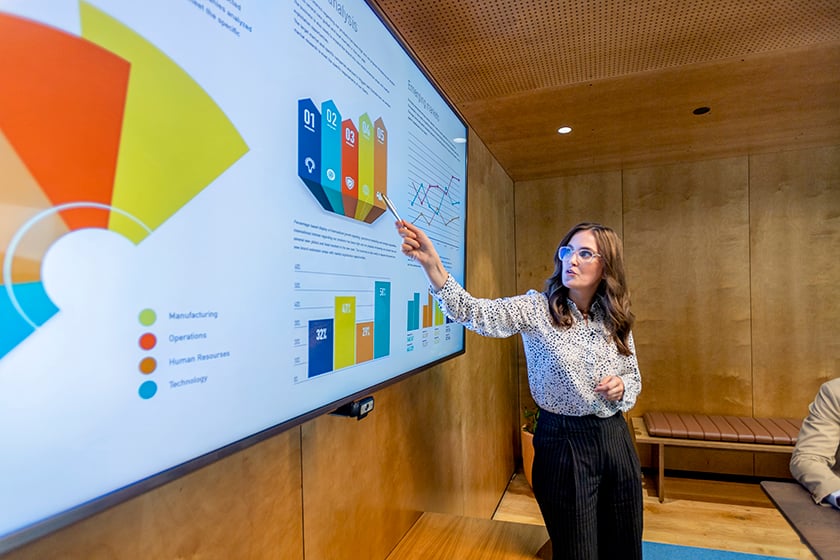How to protect clients amid increasing HMRC enquiry activity
With enquiry activity increasing as HMRC pursues a £42 billion tax gap, and the department’s enquiry tactics...
READ MORE
Being able to analyse what has happened and predict what is likely to happen, and recommend appropriate strategies and tactics, will help you become a trusted partner for your clients.

Data-driven accounting practices, supported by a range of management and analytic software, are no longer the way of the future; it’s today’s reality for accountants keen to add value to their clients.
In Oracle Netsuite’s 15 accounting trends to pay attention to in 2023, the first five relate to digital technology:
“Finance functions are becoming significantly more analytical – and technology will help push the accounting and finance department from reactionary and transactional to proactive and analytical,” report author Scott Beaver said.
That’s not to suggest that an accountant’s role in gathering data to enhance understanding of what is happening within a business, or to provide explanations for business performance and suggested remedies, is a bygone skill. It is more about taking the next steps from that base: being able to analyse and manipulate the data to forecast the future state of a business and/or market, and recommend actions to get there.
A report by the International Federation of Accountants (of which the IFA is a member), The Professional Accountant’s role in data notes that accountants have the opportunity to use data as an asset, and create data management value chains that drive strategic outcomes across an organisation.
“While professional accountants have always dealt with data, their professional expertise can be predominantly focused on structured data sets, which are no longer the norm,” the IFAC report says.
It goes on to explain that the existing experience and expertise of accountants is nonetheless valuable as a platform from which to expand. It enables the use of both financial and non-financial data to derive insights that assist in decision making across the organisation – with an impact on both responding to risk and capturing opportunity.
“However, to do so these professionals must supplement their existing competencies with the additional skills and knowledge required to fulfil key roles in the data management value chain,” IFAC’s report says.
That means moving beyond Excel and learning to use new data analysis tools that will enable you to develop and contribute more to your own and your clients’ businesses. Predictive analytics has multiple applications, such as improving operations by forecasting inventory and resource requirements, forecasting sales, analysing loss drivers and building budgets.
Here are a few tools to look into:
Your business may find it increasingly important to be able to evaluate performance, predict risks or advise on how to maximise opportunities in customer payment patterns and operational efficiencies.
Being able to analyse not only what has happened but also what is likely to happen and recommend appropriate strategies will help you become a trusted partner for your clients.